By Alex Fogleman
NB: For the month of May (2023), you can get a copy for 40% off through Lexham’s partnership with Mere Fidelity with the code MEREFIDELITYMAY23.
It is difficult to find books that help ordinary Christians read Holy Scripture in a way that is both theologically rich and yet spiritually edifying. Most efforts fall somewhere in either the realm of undigestible historical-critical exegesis or light and fluffy “devotional” reading. The former weighs you down; the latter can’t get you off the ground. Neither has enough lift.
Pierced by Love, the latest offering from Hans Boersma is — like its subject matter — a feast of substance and spirit. Like an Augustinian weight (“my weight is my love”), this book offers rich fare that both satisfies and propels the reader towards life with God. It is a weighty feast that lifts you to new heights.
The metaphors of food and flight are at the heart of the Lectio Divina tradition. Drawing on the rich spiritual legacy of the patristic and medieval eras, and building on his own prior work on sacramental theology and biblical reading, Boersma articulates here a theological and spiritual exploration of reading Sacred Scripture.
Boersma holds an endowed chair at Nashotah House Theological Seminary, a visiting professorship at Regent College, and he is a Distinguished Senior Fellows here at the Catechesis Institute. (You can get a free e-book of his when you sign up for our mailing list.) If you haven’t figured it out by now, this is not an unbiased review.
Lectio Divina is fairly well known, I think, in contemporary church life. It’s typically identified with four steps, or stages.
reading (lectio)
meditation (meditatio)
prayer (oratio)
contemplation (contemplatio)
The model owes largely to the medieval theologian, Guigo II, whose book The Ladder of Monks was written to help his fellow monks encounter Christ in Scripture. In that book, Guigo writes:
One day when I was busy working with my hands I began to think about our spiritual work, and all at once four stages in spiritual exercise came into my mind: reading, meditation, prayer and contemplation. These make a ladder for monks (Scala Claustralium) by which they are lifted up from earth to heaven. It has few rungs (gradibus), yet its length is immense and wonderful, for its lower end rests upon the earth, but its top pierces the clouds and touches heavenly secrets.
The ladder idea is an ancient, as Boersma explains, having roots in the Scriptures and early Christian theology.
Ladder of Divine Ascent Icon (12th Century, St. Catherine’s Monastery)
For many believers, these steps provide a valuable spiritual practice, which helps them connect with God in rich ways. For others, however, it’s a dubious—if not dangerous—practice. As one critic has lamented, “The approach is extremely individualistic and subjective, which is why it thrives among ascetics and mystics who prefer isolation and independence.” For Christians of a certain temperment, the propensity toward moralism and subjectivism is simply too much.
Boersma’s book is (mostly) not polemical. It’s meant instead to provide the Christian faithful with a sound structure for engaging spiritual reading well. At the same time, he also makes some key moves that help alleviate some of these worries.
Most interestingly, Boersma connects the fourfold movement of lectio divina with that other great medieval exegetical motif—the fourfold sense of Scripture, which one of Boersma’s heroes, Henri de Lubac, helped recover in the 20th century. Now, it’s becoming more well known not only among Catholics and Orthodox but also among evangelicals.
The fourfold sense of Scripture can be mapped onto the four movements of lectio like this:
reading = literal sense
meditation = allegorical/christological sense
prayer = moral/tropological sense
contemplation = anagogical/eschatological sense
Very quietly, and unpretentiously, Boersma has detected a profound connection between the way in which Scripture unveils Christ and draws us into participation with God. The key move happens (I think) in the second step/sense. In meditating on Scripture, which Boersma closely identifies with memory, Christian readers do not simply ask “What does this passage mean to me?” but “What does this passage say about Christ (or Christ and the church)?”
This movement changes everything. It moves the reading process from an objectivist-subjectivist paradigm to a Christological-ecclesial paradigm. It roots spiritual reading in Christ and the church, yet it does not leave the praying Christian behind. Unlike reading grounded in a historical-critical paradigm, the “real” meaning of Scripture isn’t simply grounded in what the original human meant, it’s grounded rather in divine authorship of the Holy Spirit and the communal reading of the church throughout the ages. There’s nothing “merely” subjectivist about it. This is what Boersma would call participatory reading—a kind of reading that involves our whole person, as part of the body of Christ, into communion with God. I’ll conclude with a quote from Boersma:
It is important, therefore, to appreciate that lectio divina is nothing out of the ordinary. When we do lectio divina, we read Scripture in line with its divine character—as we always should. To be sure, this claim has a polemical edge. It implies that we do not find the meaning of Scripture simply by asking what the human author intended with the text. We do not find the meaning of Scripture simply by sticking with a proper method, whether of a grammatical or a historicalcritical nature. In short, we do not find the meaning of Scripture when we think of ourselves first and foremost as historians. We find meanings—note the plural!—of Scripture primarily by looking forward (to its divine purpose) rather than by looking backward (to its human origins).
There’s much more to chew and feast upon in this book. I encourage you to pick up a copy (or five). Once again, for the month of May, you can get a copy for 40% off through Lexham’s partnership with Mere Fidelity with the code MEREFIDELITYMAY23.
Take up and read, and be taken up yourself.



